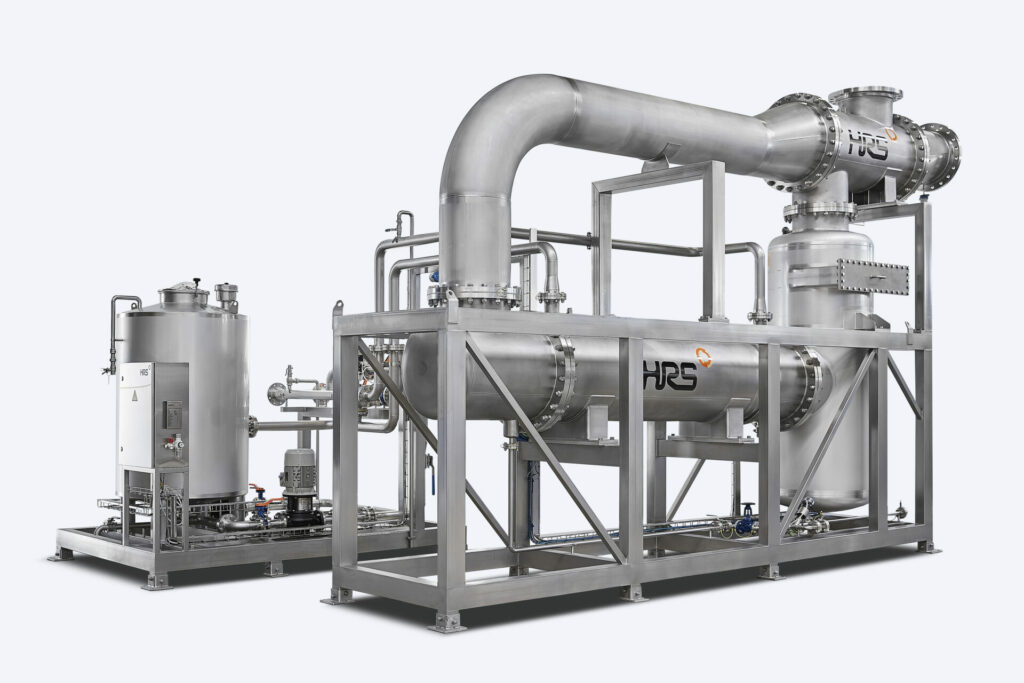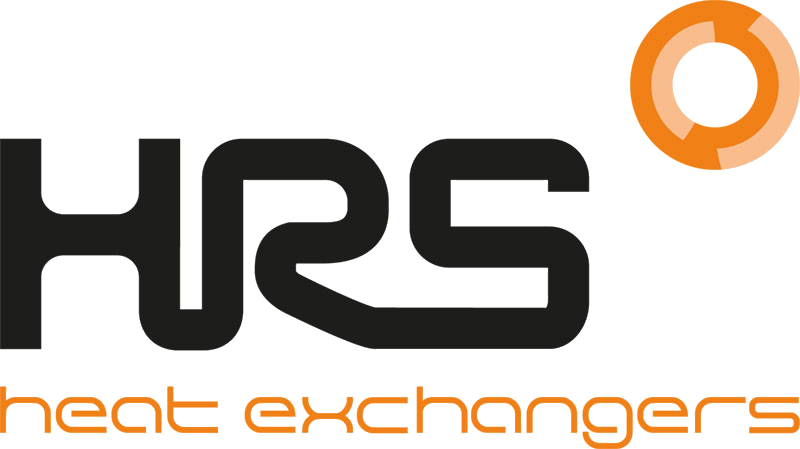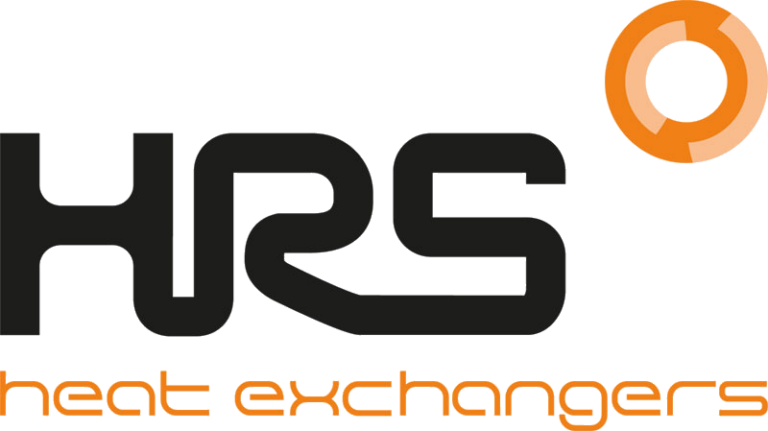The European Biogas Association (EBA) says that investment in biogas in the EU region increased by almost a third this year, which will result in a further 950 biomethane plants by 2030 (alongside the 1,300 facilities which are already operational).1 Meanwhile, data from the American Biogas Council (ABC) shows that 2023 was the third year of record growth across the US biogas industry, with nearly 100 new projects coming online last year and at least that number of plants slated for this year.2 Elsewhere, the International Energy Agency (IEA) has highlighted the importance of, and growing demand for, biogas in Asia and the Pacific.3

As a result of this rapid growth in the sector, HRS Heat Exchangers is seeing increased demand for its dedicated systems for biogas and anaerobic digestion, and in particular its Biogas Dehumidification System (BDS). “In the last twelve months we have delivered a number of BDS systems to clients around the world,” comments Antonio Guillermo Jara Ponce, Systems Sales Manager at HRS Heat Exchangers. “The benefits of removing moisture from biogas in terms of plant performance and operational longevity are now well understood by the industry, and so we are seeing more plants specify these systems from the beginning.
“However, we are also seeing strong demand for retrofit installations as operators refurbish plants and look to improve operating efficiencies. As the CHP engine is one of the most expensive pieces of equipment on an AD plant, protecting it makes good business sense.”
Benefits of the HRS BDS
If water enters a CHP engine it can decrease its efficiency, resulting in reduced biogas yields and engine damage. The BDS removes water from biogas, protecting CHP engines from corrosion and cavitation. It also includes a heat recovery section which helps increase the overall energy efficiency of an AD plant.
The BDS works by reducing the temperature of the raw biogas from around 40°C to approximately 5-7°C, condensing more than 90 per cent of the water volume. It uses a chiller system which supplies a coolant that is transferred to heat exchangers. Biogas flows on the product side of the exchanger, while the coolant flows on the service side. As the biogas cools, the water condenses from the gas, leaving a clean and dry biogas ideal for use in CHP engines.

Heat recovery uses the resulting cold biogas to pre-cool the warmer incoming biogas, reducing the load on the final cooling heat exchanger and recovering as much as 20 per cent of the energy needed for the process.
The HRS BDS is suitable for AD plants of all sizes and is skid-mounted for easy access and freedom of movement. It also features an automatic control panel for full process control and can be adapted for ATEX-compliant applications.































